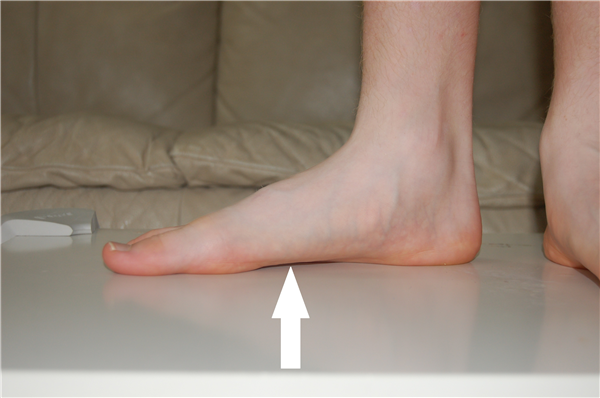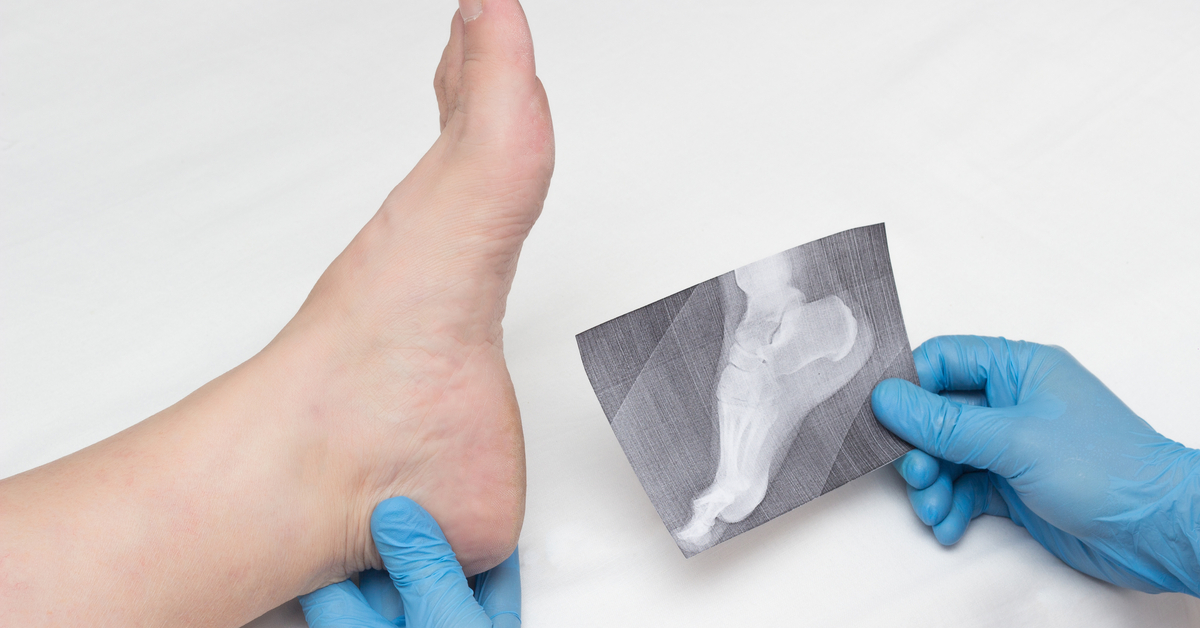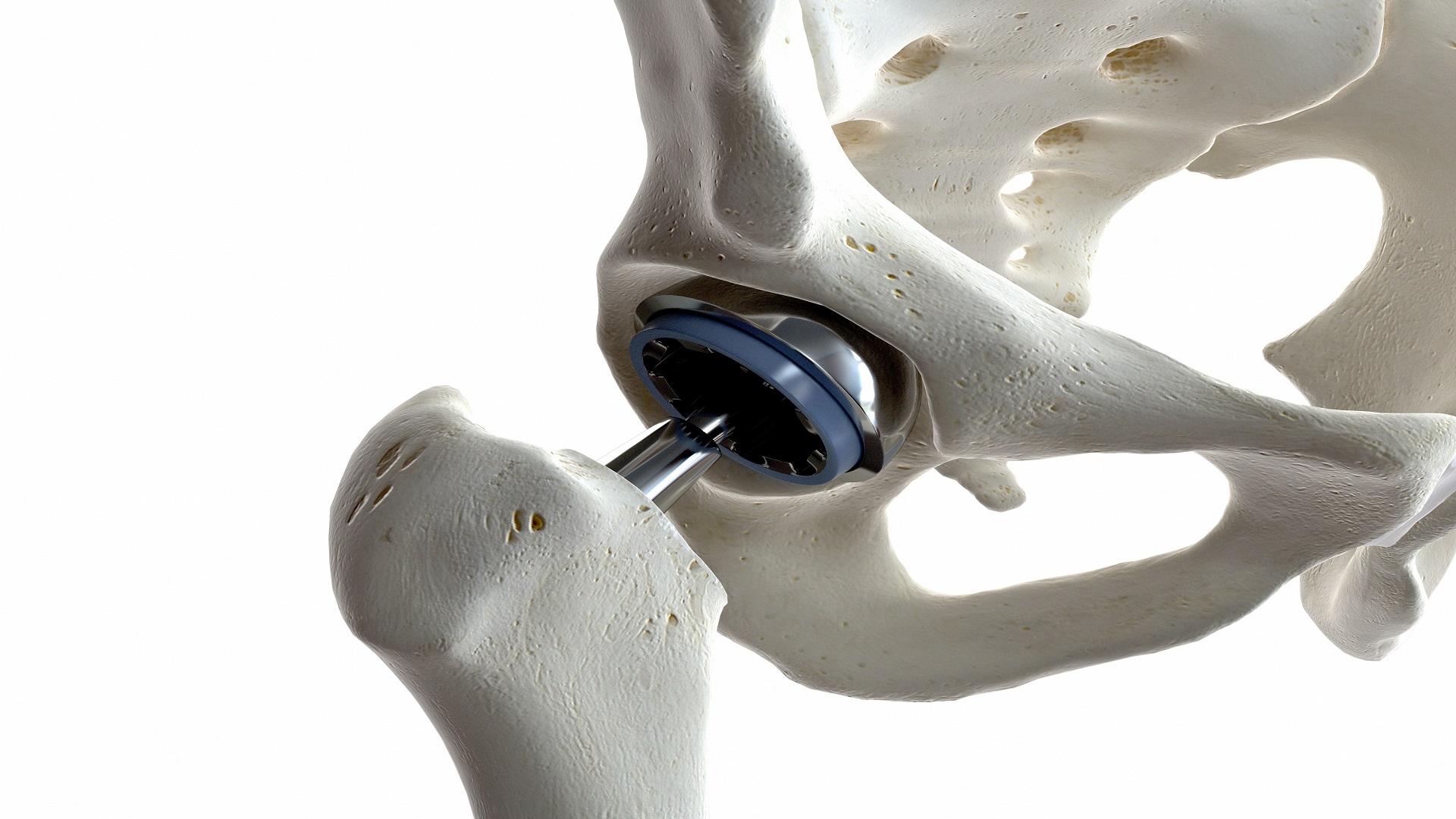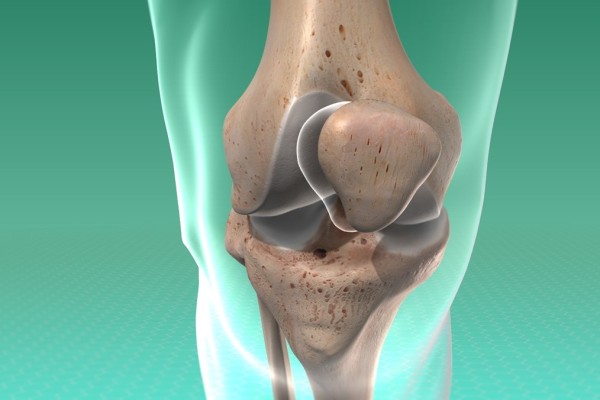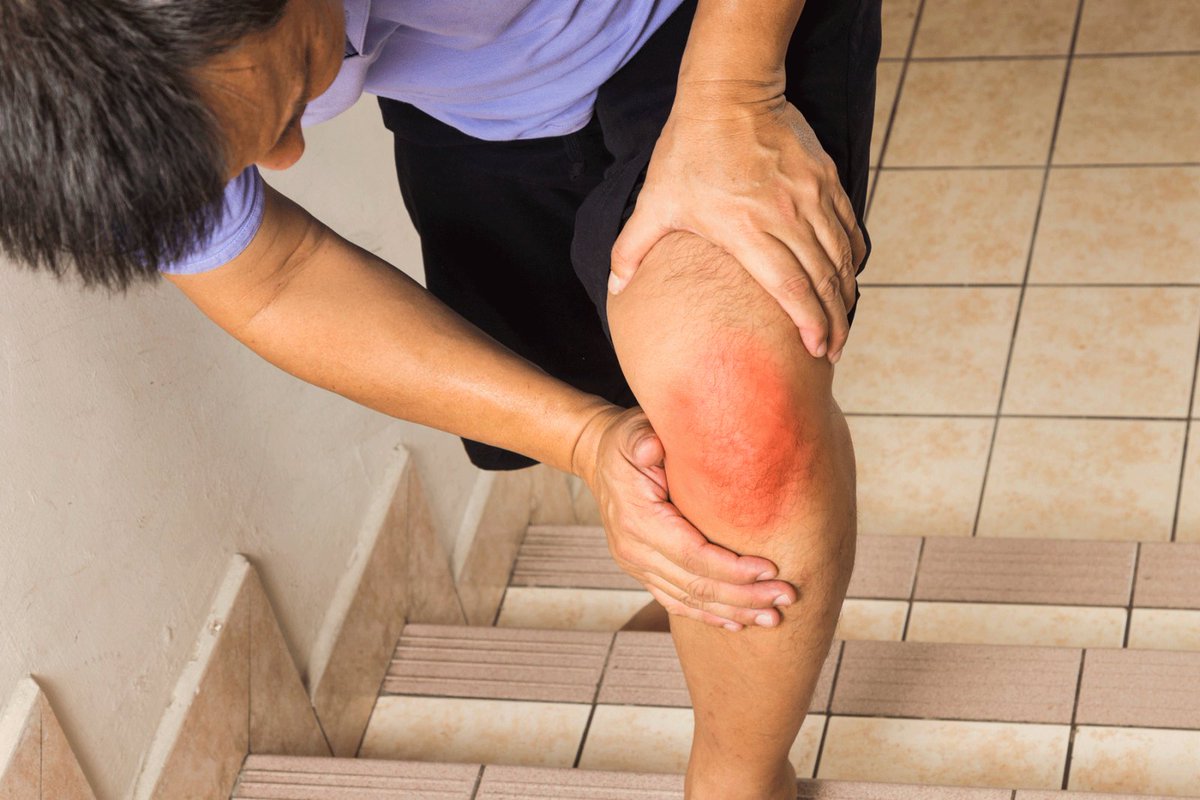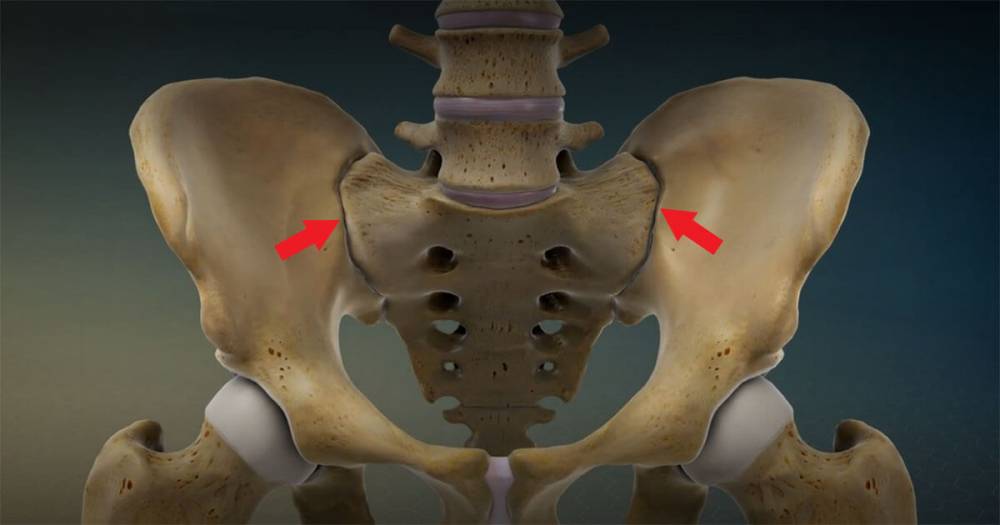When does walking start after installing the knee joint?
Work can be done to improve the condition of the knee patient through the process of replacing the knee joint, and there are a number of procedures that follow, which improve the condition of the patient and the possibility of recovery faster. In this article, you will find other information about what is after the knee replacement operation.
Advice after knee replacement surgery
Knee joint change can be for several reasons, including the presence of severe roughness in the knee that can affect a person’s ability to walk normally and can lead to severe pain in the joint and other reasons that may be resorted to in knee joint replacement surgery.
Non-surgical treatment can be done initially to treat knee roughness and improve the patient’s condition, which works to give more chances for recovery, but in the event that the body does not respond to the medications and physical therapy indicated by the patient’s doctor, work can be done to perform knee joint replacement surgery.
Before the operation, the surgeon cares that the patient is well prepared and that some instructions are applied before the surgery, thus giving a greater chance of increasing the success rate of the operation and improving the condition of the knee, and there are some tips and directions that the doctor can explain to the patient after the surgery, which works to improve his condition for the better.
Education after knee replacement surgery
It is important to follow the following instructions:
- Periodic examinations to see the developments that occur in the knee.
- Taking care of sleeping and sitting in the correct positions so as not to affect the knee.
- Doing the exercises prescribed by the physiotherapist.
- Take the drugs prescribed by the doctor for faster improvement.
- Walking can help give more flexibility to the knee so that it does not feel more pain.
Knee replacement surgery damage
After the operation to replace the knee joint, the patient may be exposed to some complications that the person may face after the surgery, including the following:
- A person can get severe knee pain.
- There is a possibility of infection.
- Feeling stiffness in the knee again.
- Injury to nerves or blood vessels.
- Bleeding in the affected part.
- The feeling of numbness in the knee.
It is possible to reduce the risks of infection after surgery by choosing a surgeon who has experience in this type of surgery and paying attention to the procedures before and after the joint replacement operation to reduce the chances of any damage after the surgery takes place.
The success rate of knee replacement surgery
It is often possible to perform a knee joint replacement operation for older people between 50 to 85 years old, and this is due to the damage to the knee as a result of age factors, and such surgeries have great success rates of more than 90%, and the patient can then return to better activity.
How long does knee replacement surgery take?
After performing the procedures before the operation, the surgery begins, which lasts between one and two hours, and this depends on the patient’s condition and the extent of the damage to the joint, and the person can continue to recover for up to 6 weeks after surgery, so it is important to follow up with the doctor and get the correct instructions after the operation.
When does walking start after installing the knee joint?
Work can be done to improve the patient’s condition through walking and the person can start walking on the same day, and post-operative instructions can help the patient feel more comfortable and the possibility of returning to his normal activity.

